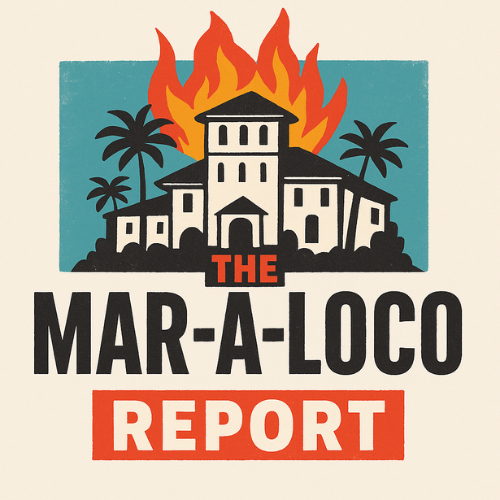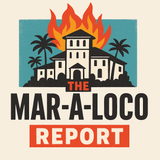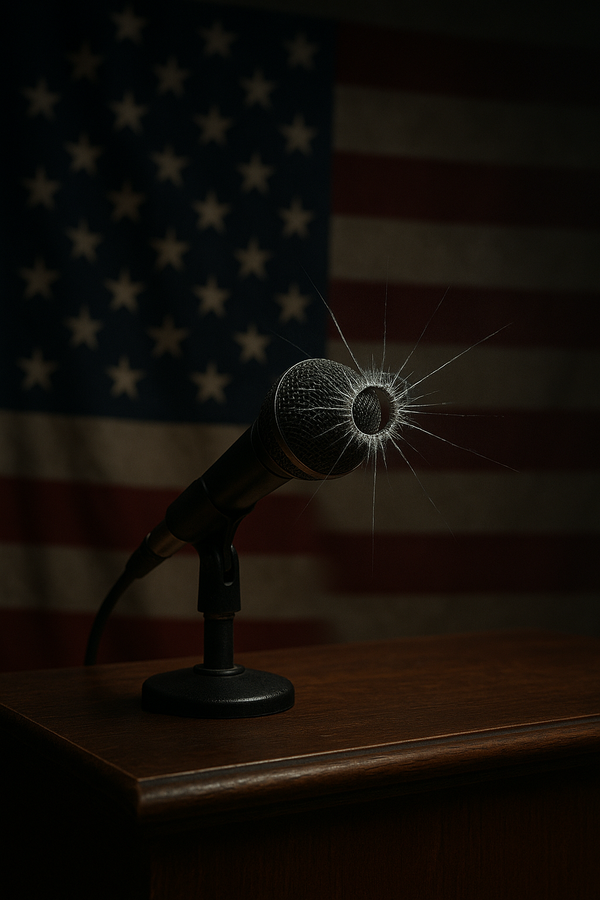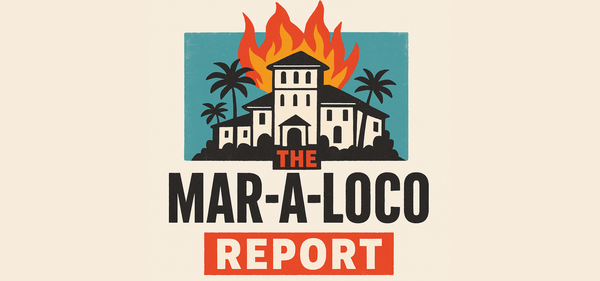Editorial: ICE Raids, Travel Bans, and the Assault on International Students – a Gen‑Z Activist’s Take
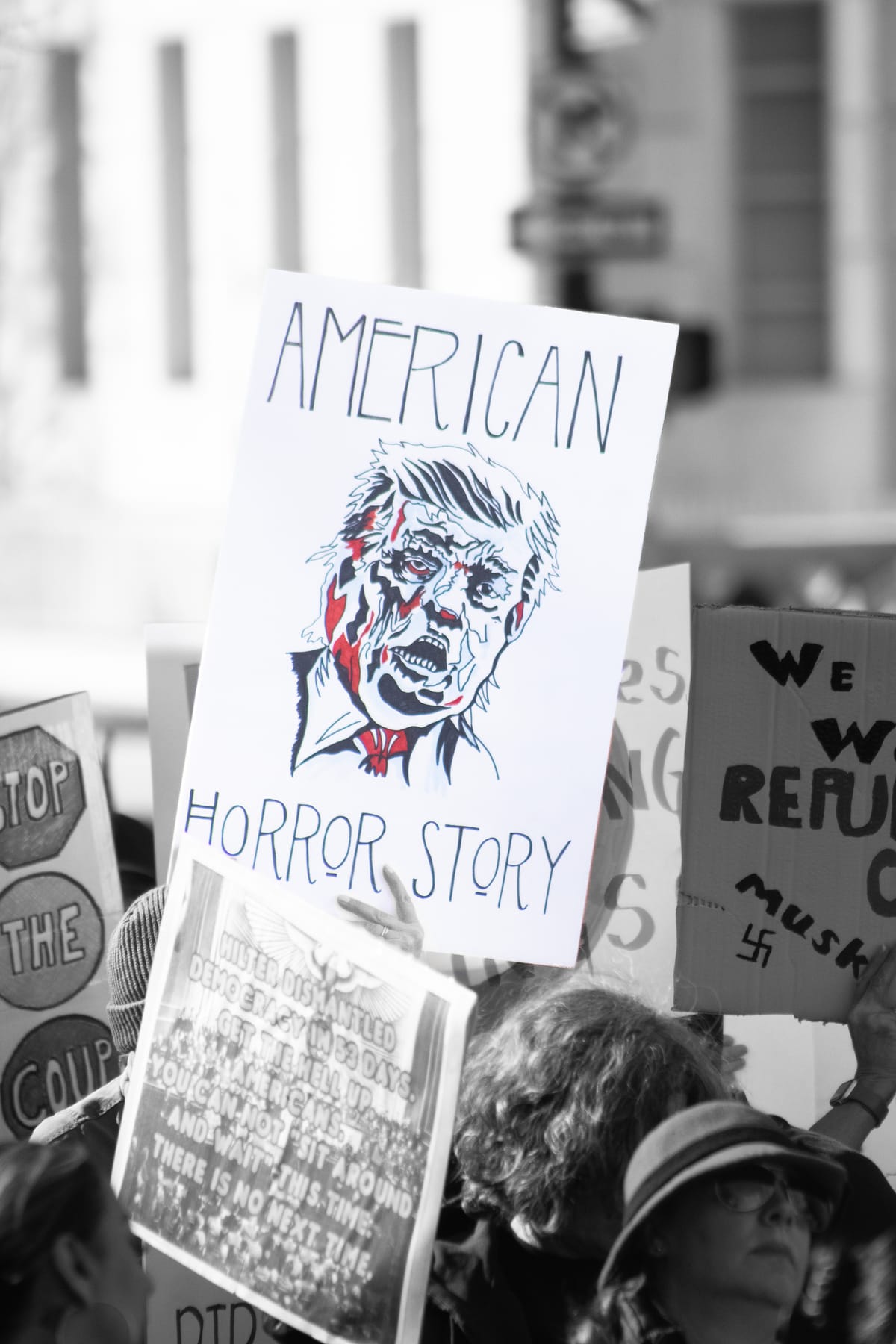
The State of Immigration Enforcement Under Trump
The first six months of Donald Trump’s return to the White House have been marked by mass deportations, highly publicized raids, and a re‑embrace of travel bans. Federal officials boast that violent crime has fallen because U.S. Immigration and Customs Enforcement (ICE) is deporting “the worst of the worst” and that 70% of ICE arrests involve people with criminal convictions. DHS officials even claim assaults on ICE officers have skyrocketed 830% because of anti‑ICE rhetoric. In reality, what we are seeing on the ground is not a surgical operation targeting dangerous criminals but a sweeping crackdown that blurs the line between law enforcement and harassment.
Raids on Workplaces and Homes
California has become a flashpoint. In early June, ICE agents descended on Ambiance Apparel in downtown Los Angeles. Photos from the scene show heavily armed officers in gas masks standing behind yellow crime scene tape while protesters look on. CalMatters reports that the raid signaled the start of an intensifying crackdown that has left families without breadwinners and immigrants so frightened that many are afraid to enforce basic tenant‑rights protections. A mother in Santa Rosa says she’s struggling to pay rent after her husband was deported, and advocates warn that fear of eviction and homelessness is pushing some to “voluntarily” leave the country.
Then, on July 10, federal agents stormed two cannabis farms in Camarillo and Carpinteria. Fortune, summarizing an AP report, notes that more than 360 people were arrested, making it one of the largest immigration sweeps since Trump retook office. During the chaos, a farmworker fell 30 feet off a greenhouse roof and later died. The government justified the raids as part of a child‑labor investigation, yet officials refused to release the search warrant and produced no evidence of trafficking. A federal judge ordered the administration to stop indiscriminate stops and arrests in seven California counties, but the Justice Department appealed, arguing that even someone’s language, location, or type of work could justify suspicion. It’s a chilling argument that echoes racial profiling and undermines Fourth‑Amendment protections.
Courts Push Back
A growing chorus of lawsuits is challenging the administration’s tactics. On August 2, the Ninth Circuit Court of Appeals upheld a lower‑court ruling that immigration raids targeting people simply for speaking Spanish, appearing to be a certain ethnicity, or standing near a bus stop are unconstitutional. The decision allows a ban on such raids in parts of Southern California to remain in place while the case proceeds. Public interest lawyers celebrated the ruling, arguing that every person—regardless of immigration status—has the right to live and work without being “hunted, harassed, or locked away”. This is what resistance looks like: communities pushing back in court against a federal agency that seems to be operating with unchecked aggression.
Travel Ban 2.0: Turning Away Entire Nations
While ICE raids terrorized immigrant communities, the White House rolled out a new travel ban on June 4. A presidential proclamation now fully suspends the entry of immigrants and non‑immigrants from 12 countries—Afghanistan, Burma, Chad, the Republic of the Congo, Equatorial Guinea, Eritrea, Haiti, Iran, Libya, Somalia, Sudan, and Yemen. Nationals from seven additional countries—Burundi, Cuba, Laos, Sierra Leone, Togo, Turkmenistan, and Venezuela—face partial restrictions. The administration cites visa overstay rates and alleged security concerns, but the sweeping nature of the ban punishes millions for the actions of a few. The order claims countries like Somalia and Libya “lack competent authorities” and harbor terrorist threats, yet many of those blocked are students, researchers, and family members with no ties to extremism.
Human Impact: International Students as Collateral Damage
One of the most outrageous elements of the proclamation is its direct attack on Harvard University. A White House fact sheet boasted that the ban suspends the entry of all new Harvard students on F, M, or J visas and even empowers the State Department to revoke existing visas. The administration accused Harvard of having “extensive entanglements with foreign adversaries,” lax discipline, the radical ties—charges that read like a fever dream. Harvard quickly sued, and a federal judge issued a temporary restraining order, blocking the revocation of the university’s Student and Exchange Visitor Program certification and suspending the ban while the case proceeds. Legal filings reveal that the May 22 SEVP revocation would have forced 27.3 % of Harvard’s students—all those on F‑1 and J‑1 visas—to transfer to another school to maintain status. In other words, the government was willing to upend the education of thousands of students to score political points.
For the students themselves, the impact is devastating. Fatou Wurie, a doctoral student from Sierra Leone, wrote that she planned to return to Boston to defend her dissertation—but because Sierra Leone is on the partial‑ban list, she is now stranded abroad. She notes that the ban “sends a chilling message to thousands of international students,” suspending educational dreams and disrupting academic communities. The American Immigration Council reports that the Trump administration’s battle with Harvard has already led to efforts to revoke visas and deny new ones, and that students from Venezuela and Turkey have been detained or deported after their visas were suddenly cancelled. These stories underscore how the travel ban and related policies are not abstract geopolitical moves but direct assaults on real people’s lives.
The Narrative Behind the Crackdown
The administration frames its policies as a national‑security necessity: deport violent criminals, block “radicalized lunatics,” and protect Americans. Yet DHS’s messaging admits that 70 % of ICE arrests already involve people with criminal convictions or charges. That means the existing system is already targeting criminals. So why the need for mass raids at workplaces and universities? The answer appears to be politics: scapegoating immigrants excites a base that thrives on fear and resentment.
Meanwhile, the crackdown worsens underlying problems. Immigrant workers provide essential labor in agriculture, hospitality, and caregiving. By sweeping them up in raids, ICE creates labor shortages and destabilizes industries. Families left behind face homelessness and poverty. Students denied entry or deported deprive universities of talent and research contributions. And international outrage over the bans damages America’s reputation, making it harder to attract global partners.
A Call to Action
We can’t sit on the sidelines anymore. The fight is multi‑front: providing direct aid to families affected by ICE raids, organizing protests at detention centers, and litigating in court to block unconstitutional policies. The Ninth Circuit’s ruling shows that pressure works. Harvard’s quick legal response forced the administration to back down, at least temporarily. Grassroots activism in California brought national attention to the Camarillo raids and exposed the cruelty of deploying tear gas on protesters. Every march, letter, and donation chips away at this machine.
This isn’t just about immigrants; it’s about the soul of our country. When a government uses fear to justify cruelty, none of us are safe. Our generation values openness, diversity, and the free exchange of ideas. We know that America’s strength comes from welcoming strivers, not expelling them. So let’s keep pushing. Document the raids. Protect our neighbors. Amplify the stories of students like Fatou and farmworkers like Jaime. And remember: resistance is a marathon, not a sprint.
— Cole, proud Gen‑Z activist and communications director for 50501 | NC
Citations
This page lists the sources referenced in the accompanying editorial. Each entry includes a brief description and a link to the original source.
| # | Source (with description) | Link |
|---|---|---|
| 1 | U.S. Department of Homeland Security – Press release: "Violent Crime Falls in U.S. Cities as ICE Removes Worst of the Worst from American Communities" (Jul. 28 2025). DHS claimed violent crime dropped and stated that 70 % of ICE arrests involve individuals with criminal convictions or charges. | Link |
| 2 | U.S. Department of Homeland Security – Press release: "DHS Announces ICE Law Enforcement are Now Facing an 830 Percent Increase in Assaults" (Jul. 15 2025). The release blamed anti‑ICE rhetoric for a surge in assaults on officers and insisted that ICE rescues children rather than targeting them. | Link |
| 3 | CalMatters News Article: "They already live on the edge. Trump’s immigration crackdowns now threaten their housing" by Yue Stella Yu & Ben Christopher (Jul. 30 2025). Describes ICE raids in downtown Los Angeles on June 6 2025 and the resulting fear among immigrant renters. | Link |
| 4 | Associated Press via Fortune: "Deadly ICE raids on California cannabis farms yield over 360 arrests in one of largest anti‑immigrant crackdowns by Trump" (Jul. 15 2025). Reports on raids at Glass House farms in Camarillo and Carpinteria, noting more than 360 arrests, a farmworker’s death and protests. | Link |
| 5 | Common Dreams News Article: "'Authoritarian Horrors' of Trump Dealt Blow by Federal Appeals Court" by Jon Queally (Aug. 2 2025). Covers the Ninth Circuit ruling that upheld a lower‑court ban on racially targeted ICE raids and describes protests during the July 10 raids. | Link |
| 6 | White House Proclamation: "Restricting the entry of foreign nationals to protect the United States from foreign terrorists and other national security and public safety threats" (Jun. 4 2025). Lists the 12 countries subject to a full entry ban and 7 countries facing partial restrictions. | Link |
| 7 | White House Fact Sheet: "Fact Sheet: President Donald J. Trump Restricts Foreign Student Visas at Harvard University" (Jun. 4 2025). Announces suspension of entry for all new Harvard students on F, M or J visas and directs potential revocation of existing visas. | Link |
| 8 | Harvard University Statement: "Additional Update on Supporting Our International Students and Scholars" by President Alan M. Garber (Jun. 6 2025). Notes that a court granted Harvard’s request for a temporary restraining order blocking the June 4 proclamation and stopping revocation of Harvard’s SEVP certification. | Link |
| 9 | Steptoe Client Alert: "Harvard Challenges SEVP Revocation Amid Shifting International Student Policies" by Dwight Draughon Jr., Patrick Linehan & Alex Wolf (Jul. 2 2025). Outlines the May 22 revocation of Harvard’s SEVP certification, Harvard’s lawsuit, and the subsequent temporary restraining order and injunction; explains that the revocation would have forced 27.3 % of Harvard’s student body (those on F‑1 or J‑1 visas) to transfer. | Link |
| 10 | Harvard T.H. Chan School of Public Health Op‑Ed: "Trump travel ban sends ‘chilling message’ to international students" by Karen Feldscher (Jun. 24 2025). Highlights the story of doctoral student Fatou Wurie from Sierra Leone, who is stranded because the travel ban partially restricts her country; warns that the ban disrupts academic communities and international collaboration. | Link |
| 11 | American Immigration Council Blog: "I Just Finished a Life‑Changing Semester Abroad. But Thanks to Trump’s Policies, I’m Afraid Other Students Won’t Have the Same Opportunity" by Kayley Totka (Jul. 11 2025). Describes how Trump’s battle with Harvard led to efforts to revoke student visas and notes cases of Venezuelan and Turkish students detained or deported after their visas were revoked. | Link |
